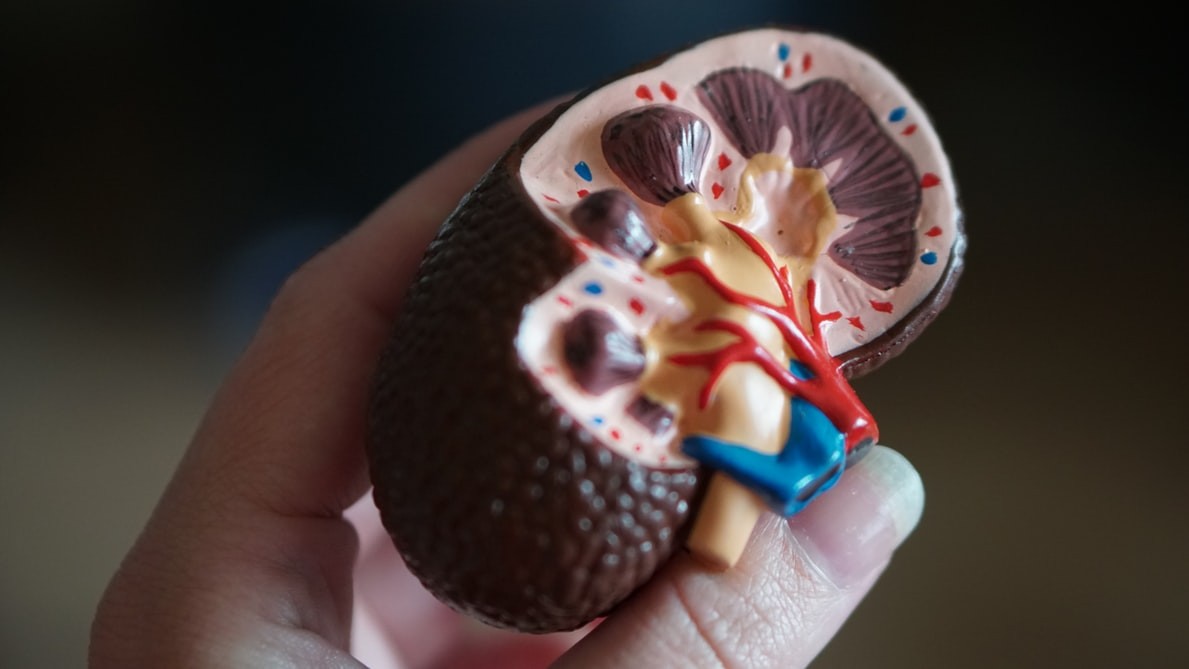
UC study finds low rates of contraceptive use in women with kidney transplant
Research recommends contraceptive counseling
Women who receive a kidney transplant have low rates of contraceptive use according to new research from the University of Cincinnati.
The study, published in the Journal of Nephrology, finds an overall contraceptive use rate of 9.5% among women with kidney transplants in the United States.
“Although kidney failure adversely impacts fertility, there is a return of reproductive function following a kidney transplant, and conception is common. History of kidney transplant increases the risk of adverse pregnancy outcomes, including preeclampsia, gestational hypertension, low birth weight babies, and preterm births,” says Silvi Shah, MD, associate professor in the Division of Nephrology, Kidney CARE Program in the University of Cincinnati College of Medicine and lead author of the study.
“Unplanned pregnancies occur in women with kidney transplants,” Shah adds. “It is of paramount importance that pregnancies in this high-risk population are planned and underlines the importance of counseling women about family planning and the impact of pregnancy on kidney transplant [patients], and the impact of [a] kidney transplant on maternal and fetal outcomes.”

Silvi Shah, MD, assistant professor in the Division of Nephrology, Kidney CARE Program, at the UC College of Medicine/Photo/Colleen Kelley/UC Creative + Brand
The study evaluated 13,150 women of childbearing age with kidney transplantation for each calendar year between Jan. 1, 2005, and Dec. 31, 2013, who were aged 15-44 years with Medicare as the primary payer and linked data from the United Network for Organ Sharing, for up to three entire years after the date of transplantation.
Overall, the rate of contraceptive use was 9.5%. The mean age at study entry was 29 plus or minus 7 years for women with any contraceptive use. The contraceptive use was highest among women aged 15-24 years (14.6%) and lowest among women aged 40-44 years (4.1%). The study showed that a younger age and Native American and Black ethnicities were associated with a higher likelihood of contraceptive use. Second- and third-year post-transplant were associated with a lower likelihood of contraceptive use. Interestingly, the socioeconomic status and donor type did not impact the likelihood of contraceptive use.
Shah says the study is unique in that it addresses a comprehensive group of all women with a history of kidney transplants of all racial and ethnic groups in the United States to better understand the incidence of contraceptive use and factors associated with it. The study further took into account patients with complete Medicare coverage, thus avoiding the potential shortfalls of registries dependent on voluntary reporting or patient recall. This study shows for the first time that contraceptive rates in women with kidney transplants remain low in the United States.
“We were not able to account for use of natural methods or use of condoms by men in our study, which remains a limitation. However, our results highlight that contraceptive use among women with kidney transplants is low,” says Shah.
“The low rate may be attributed to lack of awareness about the return of fertility and inadequate counseling regarding contraception to prevent unplanned pregnancies. Therefore, we need to include contraceptive counseling for women with kidney transplants in routine clinical care.
“Additionally, the present study emphasizes the importance of formulating policies that promote awareness of reproductive health and contraception among women with kidney transplants.”
Assisting her in the research were Annette Christianson, research associate in the UC Department of Environmental Health; Shalini Bumb, MD, in the UC Division of Nephrology Kidney/CARE Program; and Prasoon Verma, MD, in the UC Department of Pediatrics. Shah is supported by the National Institutes of Health K23 career development award, under award number 1K23HL151816-01A1 and intramural funds.
Next Lives Here
The University of Cincinnati is classified as a Research 1 institution by the Carnegie Commission and is ranked in the National Science Foundation's Top-35 public research universities. UC's medical, graduate and undergraduate students and faculty investigate problems and innovate solutions with real-world impact. Next Lives Here.
Related Stories
Chris Higgins named UC Foundation Vice President for Development, Academic Health Enterprise
January 6, 2026
The University of Cincinnati Foundation is pleased to welcome Chris Higgins as the new Vice President for Development, Academic Health Enterprise.
What's behind the mysterious rise of migraines?
January 5, 2026
Weather patterns such as extreme heat and storm conditions have been linked to migraine attacks, and research shows those environmental conditions are becoming more common. As National Geographic recently reported, one of the leading theories behind this mysterious rise is that climate change may be playing a role.
Top six 2025 nephrology drug approvals
January 5, 2026
“2025 has been a landmark year for kidney disease therapeutics, marked by a comprehensive slate of FDA approvals covering endothelin-receptor blockade, complement inhibition, GLP-1-based metabolic protection, and B-cell-directed therapy,” Prakash Gudsoorkar, MD, associate professor of clinical medicine at the University of Cincinnati College of Medicine and staff nephrologist at UC Health, recently told MedCentral.
